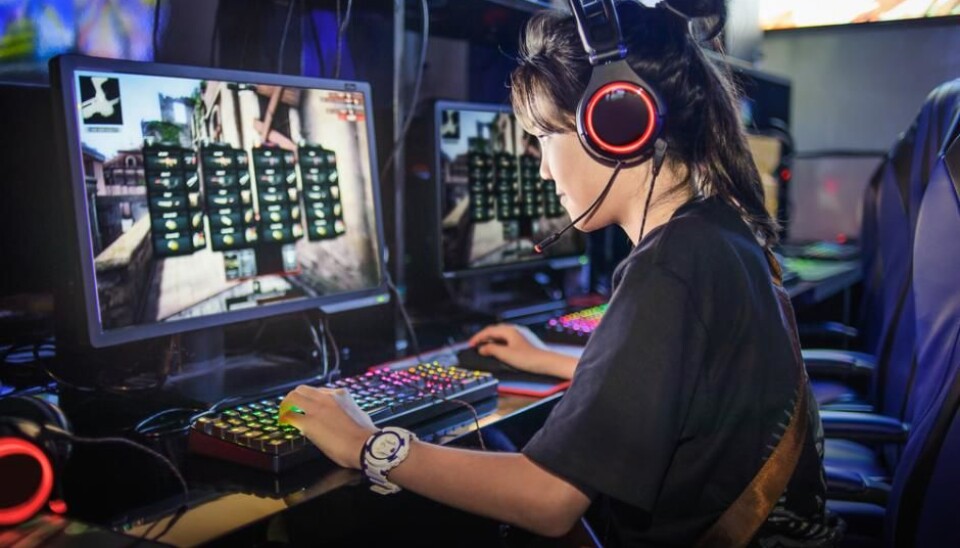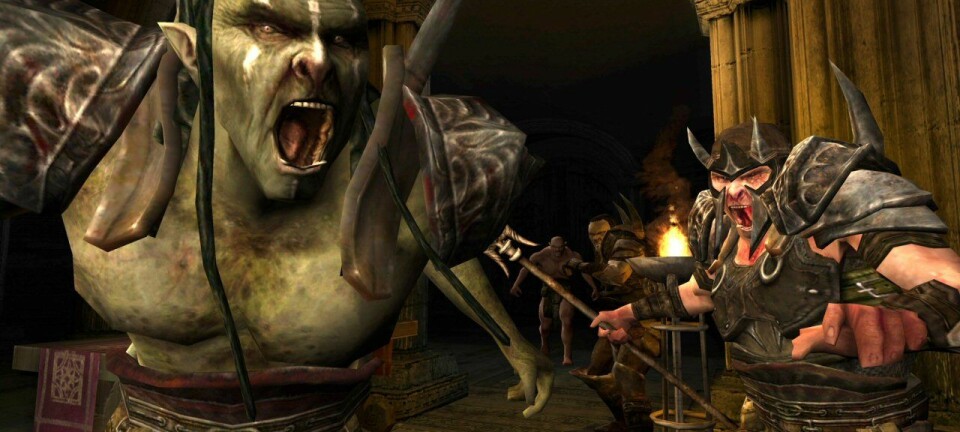
Are computer games a teacher’s friend or enemy?
New Book: Games as a learning tool are here to stay and teachers need to learn how to use them effectively.
In 1995 the Danish game “Pixeline” appeared in the book stores. The colourful product promised parents a computer game that would help small children to learn in a fun and contemporary way.
Just a couple of years earlier, two of the USA’s largest computer console manufacturers, Sega and Nintendo, sat before the US Senate to fend off complaints that video games were harmful. So harmful in fact that the state ought to control their distribution.
These two events occurred at a time when every home has a computer and highlights the underlining narrative: Games have a strong psychological impact on us.
Read More: Helping refugee children to read — with a computer game
How did games become so popular so quickly?
Here in Denmark the recent rise in popularity of video games in learning coincides with the success of the Danish electronic-sports team, Astralis. The team took part in an international competition for the popular video game “Counter-Strike: Global Offensive” and quickly gained widespread popularity.
Soon after, schools, local municipalities, and parents started to initiate their own “e-sports clubs” and increasingly look to include games in their teaching activities. The logic in this movement is to allow adults and educators to edge into an otherwise invisible screen-based subculture from which we have hereto been largely excluded.
But using games as part of the learning process goes back thousands of years or more: From jousting with blunt lances to flight simulators, Bishops using dice games to teach bible verses, and classroom activities based on games like Global Conflict, Portal and Minecraft.
Read More: Why seniors should try gaming
Pedagogy vs. moral panic
Cultural history shows us how fear of popular new trends is often interwoven with society’s concerns of the day. In the 1930s, cartoons went through the wringer, where as today we are concerned about putting iPads in the hands of young children. Back then people were broadly concerned about moral decline and youth loitering. By 2010 parents and schools were engaged in a moral discourse around weakening concentration and “grit”.
A part of this pattern, however, is the appropriation of new media for “worthy causes”. Some began to see comics as a legitimate artistic form of expression and a potential learning tool. And Doctors and psychologists came out on both sides of the discussion.
The pattern is recognisable: Children and adolescents take up a new media that becomes associated with the cultural fear of the time, such as moral decay of society or a rise in violent behaviour.
Fear travels faster than cautious scientific research, fired up by scientific sounding words, such as ‘dopamine’, ‘algorithms’ or ‘dependence.’ What makes this confusing is usually that public fears of comics, games and now small screens are typically exaggerated.
Read More: Computer games can make ADHD kids better planners
Yet they often rest on some kernel of truth. For example. from less spectacular scientific studies, and/or genuinely disturbing cases such as the Columbine Massacre in the US, which was unequivocally intertwined with murder fantasies expressed though the game Doom as well as other more causally salient factors in the two perpetrators’ lives. Often this is strongly exacerbated by popular pundits, and the fact that the media love nothing more than a good moral panic.
But even so, there are some things that we can be sure of: Games do have an impact on us, game developers are finding new ways to separate us from our cash by, for example, designing games for cell phones, gamers themselves are taking up teaching, and computers are now ubiquitous.
Even if school teachers do not use games themselves in their teaching, children are certainly using them. For some, it becomes a lifestyle and this is why we need to have gaming education.
Read More: Does gaming hold the key for better cooperation?
Where there is doubt, there is freedom
Most children will get something our of a computer game. If they dedicate enough time to a subject or an activity, they will probably learn something in the end.
But it is the teacher’s leadership of the interaction between impressions from the game and everything else in the school curriculum that predicts whether a class leaves the computer lab either having had just a jolly old time, or genuinely having gained a transformative learning experience.
All teachers are familiar with eye-rolling students demanding us to “give the correct answer” right in the middle of our best attempt at establishing a good debate—especially close to exam time. But with games it is different.
Read More: Horror games can be more frightening than movies
In a game, we are all ignorant and fallible—the teachers just as much so as the students. We do not know what waits around the next corner. We do not know all of the avenues of thought or strategies. No one is an expert in a new game, not even the teacher. “Ubi dubium ibi libertas”--Where there is doubt, there is freedom.
Game-based learning should be an ongoing dialogue between the class, teacher, and the game. In this context, lack of knowledge and the challenge of learning is shared and genuine, and we cannot progress without actively solving a problem.
This is what makes a game so alluring. And the educational value of such a game can be elevated by both psychology and education.
Creating a new Nordic Game Pedagogy thus equally involves becoming literate and pedagogical about the games that are already in children’s lives, and leveraging the psychological and cognitive powers of those games for pedagogical purposes.
---------------
Read more in the Danish version of this article on FroskerZonen part of Videnskab.dk
Translated by: Catherine Jex











